The Science Behind Genetic Mutations
Introduction
Genetic mutations are changes that occur in the DNA sequence of a genome. These changes can have a variety of effects on the organism's phenotype, or physical traits. Genetic mutations can be caused by a variety of factors, including errors during DNA replication, exposure to certain chemicals or radiation, and certain viral infections. Understanding the science behind genetic mutations is crucial for many fields of study, including genetics, medicine, and evolutionary biology.
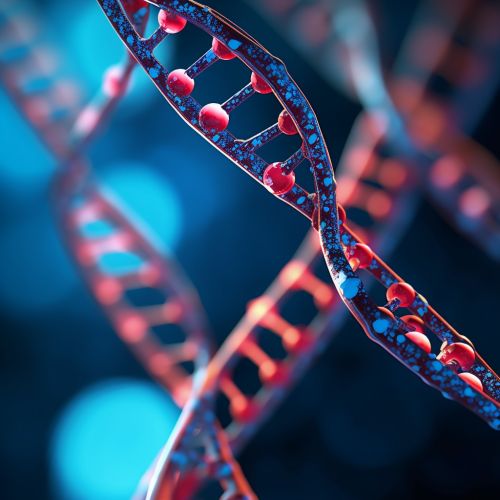
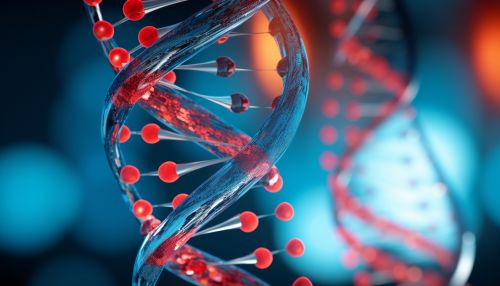
Types of Genetic Mutations
There are several different types of genetic mutations, each with their own unique characteristics and potential effects on an organism's phenotype. These include point mutations, insertions, deletions, and chromosomal alterations.
Point Mutations
Point mutations are the simplest type of genetic mutation, involving a change in a single nucleotide in the DNA sequence. There are three main types of point mutations: silent mutations, missense mutations, and nonsense mutations.
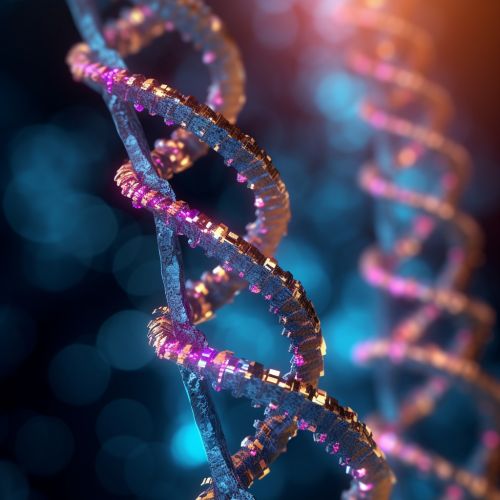

Insertions and Deletions
Insertions and deletions, also known as indels, involve the addition or removal of one or more nucleotides from the DNA sequence. These mutations can have a significant impact on the organism's phenotype, as they can cause a frameshift in the DNA sequence, potentially altering the entire protein sequence downstream of the mutation.
Chromosomal Alterations
Chromosomal alterations involve changes to the structure or number of chromosomes in a cell. These can include deletions, duplications, inversions, and translocations of large sections of DNA, as well as aneuploidy, or the presence of an abnormal number of chromosomes.

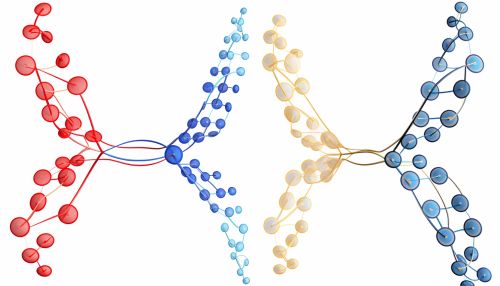
Causes of Genetic Mutations
There are several different factors that can cause genetic mutations, including errors during DNA replication, exposure to certain chemicals or radiation, and certain viral infections.
Errors During DNA Replication
During DNA replication, the DNA molecule is unzipped and each strand is used as a template to create a new strand. However, this process is not perfect, and errors can occur. These errors can lead to mutations in the DNA sequence.
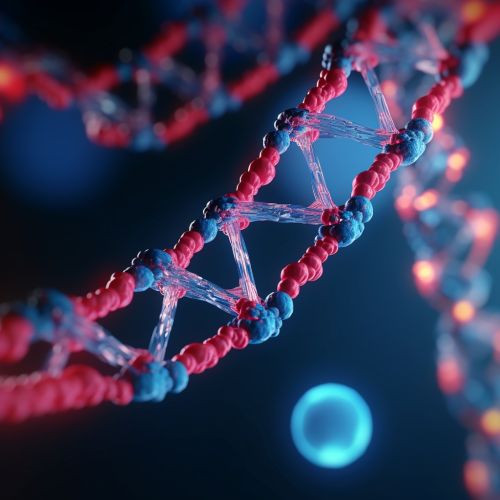

Exposure to Mutagens
Certain chemicals and types of radiation can cause damage to the DNA molecule, leading to mutations. These substances are known as mutagens. Examples of mutagens include certain chemicals found in tobacco smoke, ultraviolet radiation from the sun, and certain types of ionizing radiation.
Viral Infections
Certain viruses can integrate their own genetic material into the host's DNA, potentially causing mutations. This is particularly common with retroviruses, which use an enzyme called reverse transcriptase to convert their RNA genome into DNA, which can then be integrated into the host's genome.
Effects of Genetic Mutations
The effects of genetic mutations can vary widely, depending on the type of mutation and the specific genes involved. Some mutations may have no noticeable effect on the organism's phenotype, while others can cause significant changes.
Neutral Mutations
Many mutations are neutral, meaning they have no noticeable effect on the organism's phenotype. This is often the case with silent mutations, which do not change the amino acid sequence of the resulting protein.
Beneficial Mutations
Some mutations can be beneficial, providing the organism with a selective advantage. These mutations are often the driving force behind evolution, as they can lead to the development of new traits that increase an organism's fitness.


Harmful Mutations
Other mutations can be harmful, causing diseases or disorders. These can include genetic disorders, such as cystic fibrosis or sickle cell anemia, as well as certain types of cancer.
Conclusion
Understanding the science behind genetic mutations is crucial for many fields of study, including genetics, medicine, and evolutionary biology. By studying genetic mutations, scientists can gain a better understanding of how organisms evolve, how diseases develop, and how to develop new treatments for genetic disorders.
